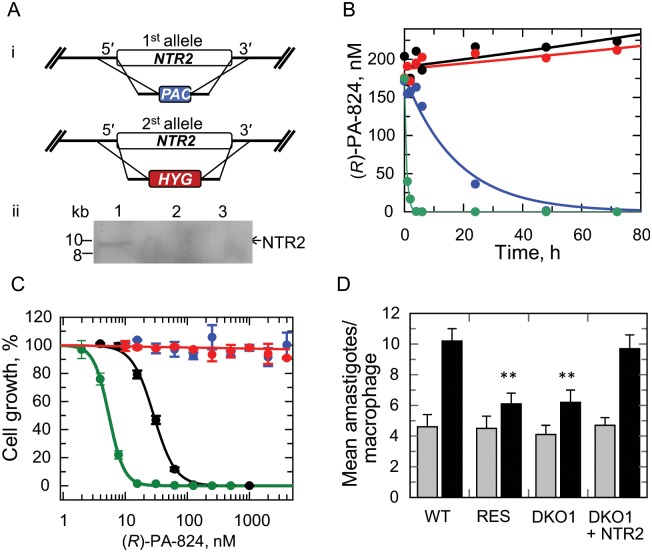Fig 7. Modulation of NTR2 levels and its effect on (R)-PA-824 potency, compound metabolism and infectivity.
(A) (i) Schematic representation of the stepwise generation of the NTR2 DKO cell line in L. donovani. One allele of NTR2 was replaced with the puromycin resistance gene (PAC) by homologous recombination; the remaining allele was replaced with a hygromycin resistance gene (HYG) by homologous recombination resulting in a NTR2 null cell line. (ii) Southern-blot analysis of XhoI-digested genomic DNA (∼5 μg) from wild-type L. donovani (LdBOB) cells (lane 1), NTR2-double knockout clone 1 (DKO1) cells (lane 2) and NTR2-double knockout clone 2 (DKO2) cells (lane 3). The NTR2 ORF probe shows allelic LdNTR2 at 10 kb. (B) EC50 values were determined for (R)-PA-824 against WT (black), DKO1 (red), DKO2 parasites (blue) and DKO1 parasites with an NTR2 add-back (green). An EC50 value of 115 ± 3 nM was determined for (R)-PA-824 against WT parasites, DKO1 and DKO2 were unaffected by the drug at concentrations up to and including 10 μM, while an EC50 value of 5.5 ± 0.03 nM was determined for DKO1 parasites expressing an NTR2 add-back. (C) Metabolism of 160 nM (R)-PA-824 in media alone (black circles), wild type L. donovani promastigotes (blue circles), DKO parasites (red circles) and DKO parasites plus NTR2 add-back (green circles). The half-life of (R)-PA-824 metabolism in cultures of WT parasites is 12.5 h, while the half-life of DKO parasites with an NTR2 add-back is 0.5 h. (D) Mean numbers of WT, DKO (clone 1) and RES (clone RES III) amastigotes infecting mouse peritoneal macrophages. Grey bars, invasion after 24 h; black bars, replication after 72h. Differences in the replication of WT versus RES and DKO amastigotes in macrophages were confirmed as highly significant (P values equal to 0.0057 and 0.0087, respectively) using an un-paired student t-test (**).

